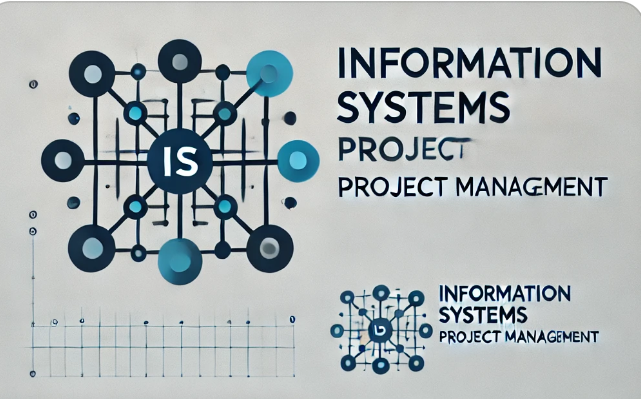In project management, engaging stakeholders is critical to the success of any project. Stakeholders are individuals or groups who have a vested interest in the project, and their input, support, and feedback can be essential to its success. Engaging stakeholders involves building relationships, communicating effectively, and involving them in key decisions throughout the project lifecycle. In this article, we will discuss the importance of stakeholder engagement in project management and provide some tips for effective stakeholder engagement.
Recently, my role has changed to Project Manager within Corporate FSI (Foreign Systems Interfaces) team at Universal Health Services. While I have been technically managing implementation, and new builds for our Acute facilities involving Physician Billing for the last two-three years, it’s nice to pursue this course, officially.
Why is Stakeholder Engagement Important?
Stakeholder engagement is important in project management for several reasons. First, it helps to ensure that the project meets the needs of those who are most affected by it. By involving stakeholders in key decisions and getting their input and feedback, project managers can ensure that the project is designed to meet their needs and priorities. Second, stakeholder engagement can help to build support for the project. When stakeholders feel that their input is valued and their concerns are being addressed, they are more likely to support the project and advocate for it to others. Finally, stakeholder engagement can help to identify and mitigate risks. By involving stakeholders in risk assessments and mitigation planning, project managers can identify potential issues early on and develop strategies to mitigate them.
Tips for Effective Stakeholder Engagement
- Identify Stakeholders: The first step in stakeholder engagement is to identify who the stakeholders are. This can include internal stakeholders such as project team members and external stakeholders such as customers, suppliers, and regulatory agencies. The goal is to identify all individuals or groups who have a vested interest in the project.
- Understand Stakeholder Needs: Once stakeholders have been identified, it is important to understand their needs, priorities, and concerns. This can involve conducting surveys, holding focus groups, or conducting one-on-one interviews. The goal is to gather as much information as possible about what stakeholders need and want from the project.
- Build Relationships: Building relationships with stakeholders is essential to effective engagement. This involves establishing open lines of communication, building trust, and demonstrating a commitment to addressing their concerns and priorities.
- Communicate Effectively: Effective communication is key to stakeholder engagement. This involves developing clear, concise, and consistent messaging, using appropriate channels of communication, and ensuring that all stakeholders are informed and updated regularly.
- Involve Stakeholders in Key Decisions: Involving stakeholders in key decisions is critical to ensuring their support and buy-in. This can involve holding stakeholder workshops, conducting consultations, or inviting them to participate in project committees or working groups.
- Monitor and Evaluate Engagement: Finally, it is important to monitor and evaluate stakeholder engagement throughout the project lifecycle. This can involve gathering feedback, conducting surveys, or holding focus groups. By evaluating stakeholder engagement, project managers can identify areas for improvement and adjust their engagement strategies as needed.
In Summary
An engaging stakeholder is a critical component of project management. Effective stakeholder engagement involves identifying stakeholders, understanding their needs, building relationships, communicating effectively, involving them in key decisions, and monitoring and evaluating engagement throughout the project lifecycle. By engaging stakeholders effectively, project managers can ensure that their projects meet the needs of those who are most affected by them, build support for the project, and identify and mitigate risks.
#infobymattcole
 You can check out Matt’s LinkedIn account, Youtube Channel, or Podcast.
You can check out Matt’s LinkedIn account, Youtube Channel, or Podcast.Introducing my new books, ‘The Art of Critical Thinking’ and ‘The Critical Thinking Model’. Both can be read for free with Kindle Unlimited or $2.99 each via Kindle.




One thought on “Engage Stakeholders”
Comments are closed.